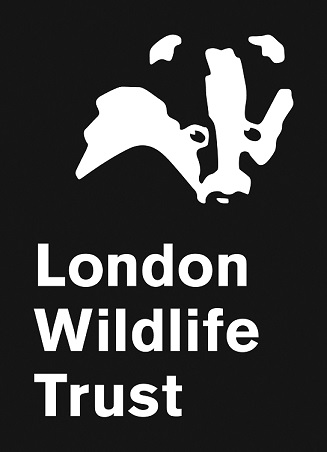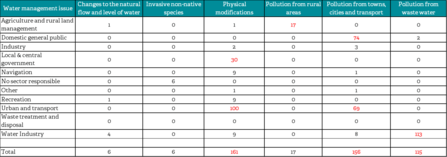It affects the whole food chain, from aquatic plants, invertebrates and fish, through to birds such as grey heron and great-crested grebe and mammals such as water shrew and seals.
What causes pollution?
Pollution is usually associated with chemicals and high levels of nutrients, which may either be discharged directly into water bodies, either deliberately or accidentally. In London, the pollution is a cocktail of:
- Leakages from overburdened sewage systems
- Poor plumbing from domestic and business properties
- Cleaning agents, food (e.g. ‘fatbergs’), beauty products, drugs, paints, oils, metals, and other chemicals
- Surface water run-off from roads, rail, car-parks, airports and buildings which contains things like brake-dust, tyre particulates, vehicular exhaust pollutants, anti-freezing agents, or pesticides
- Agricultural run-off which can include fertilisers and pesticides
- Litter
These are just a few of the types of pollutants that end up in our rivers.




